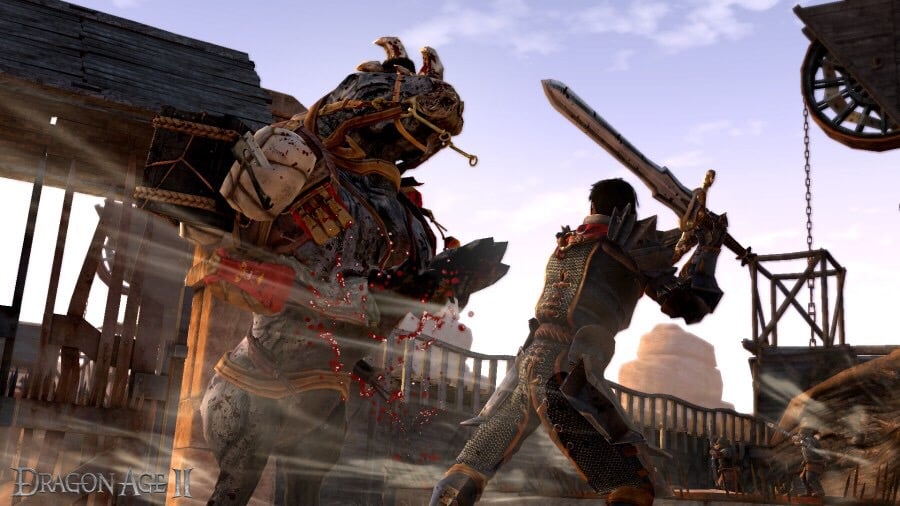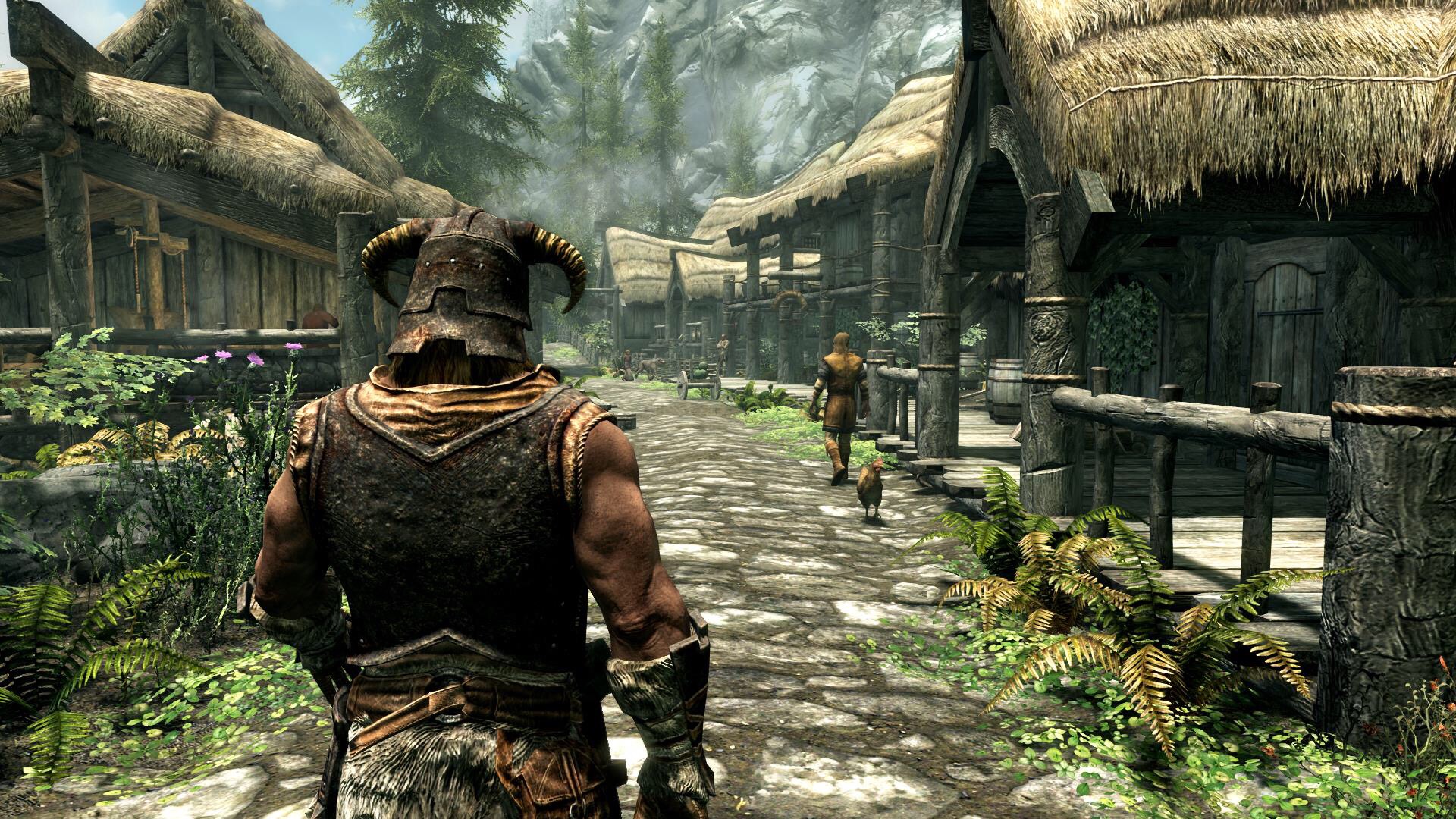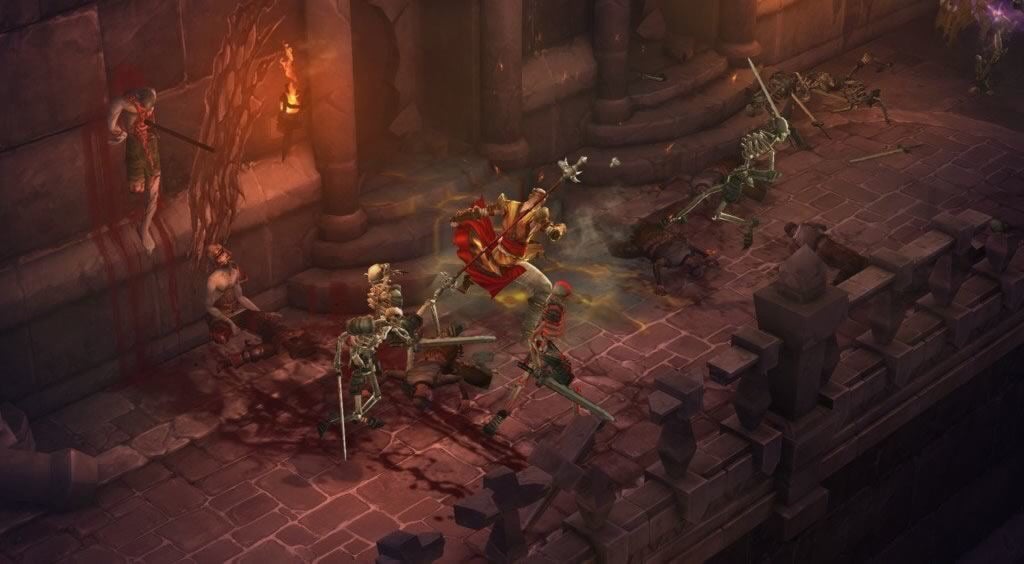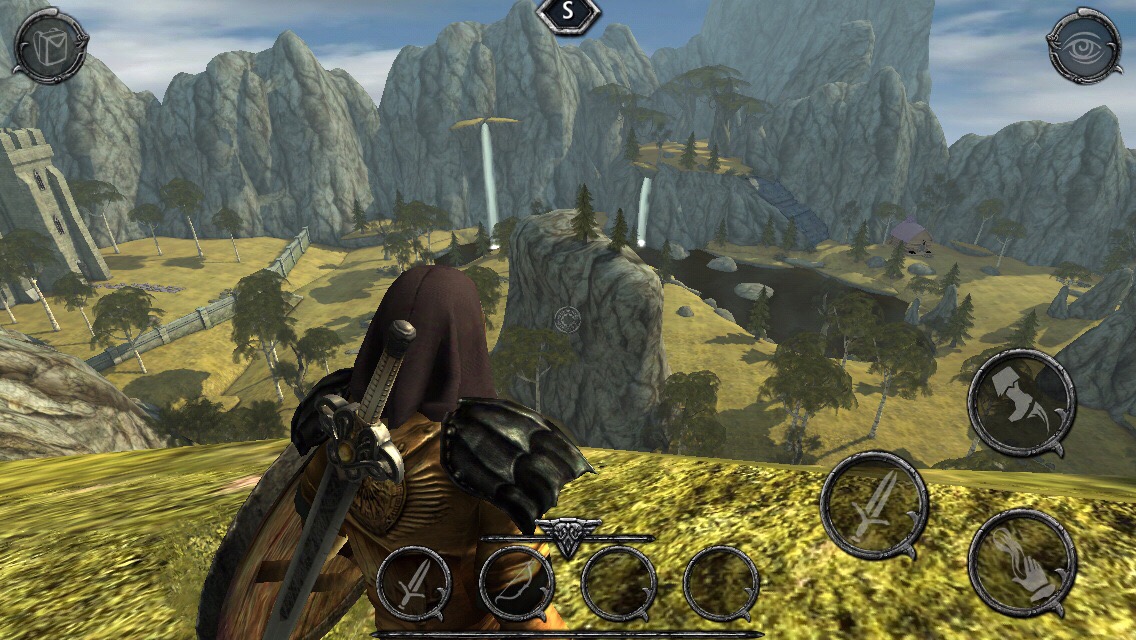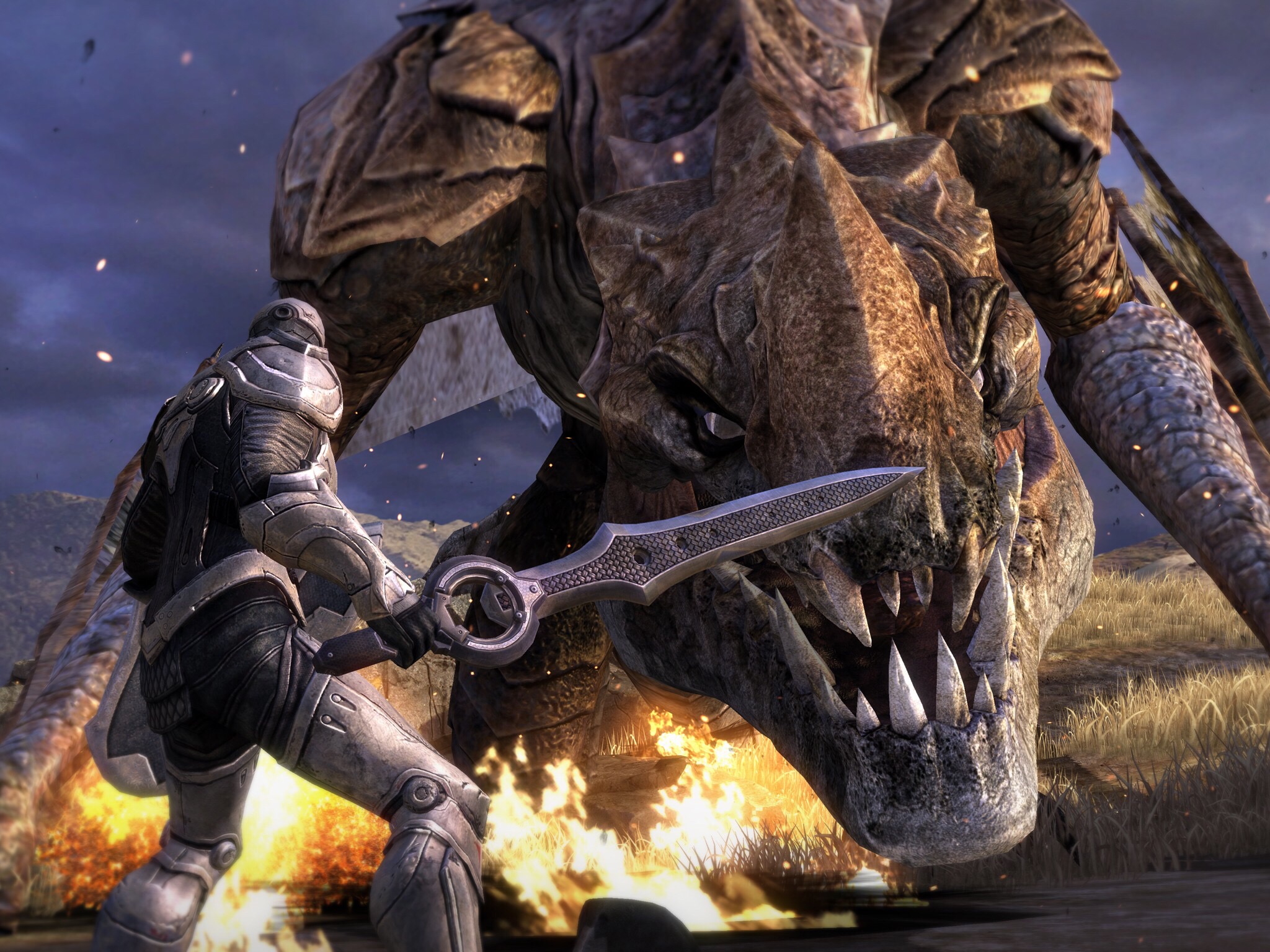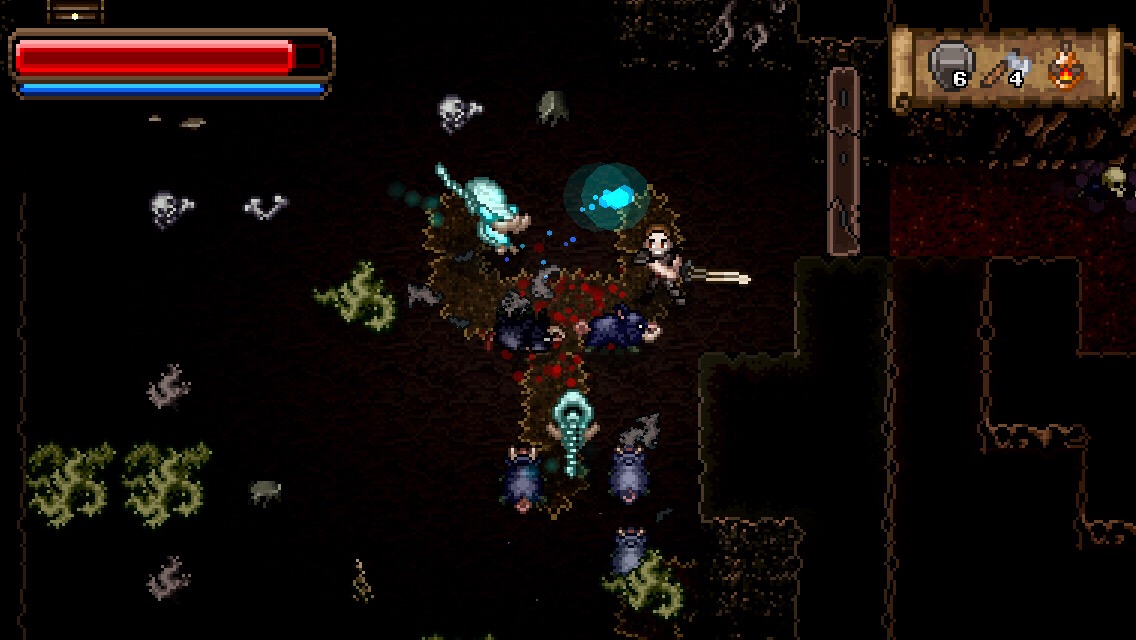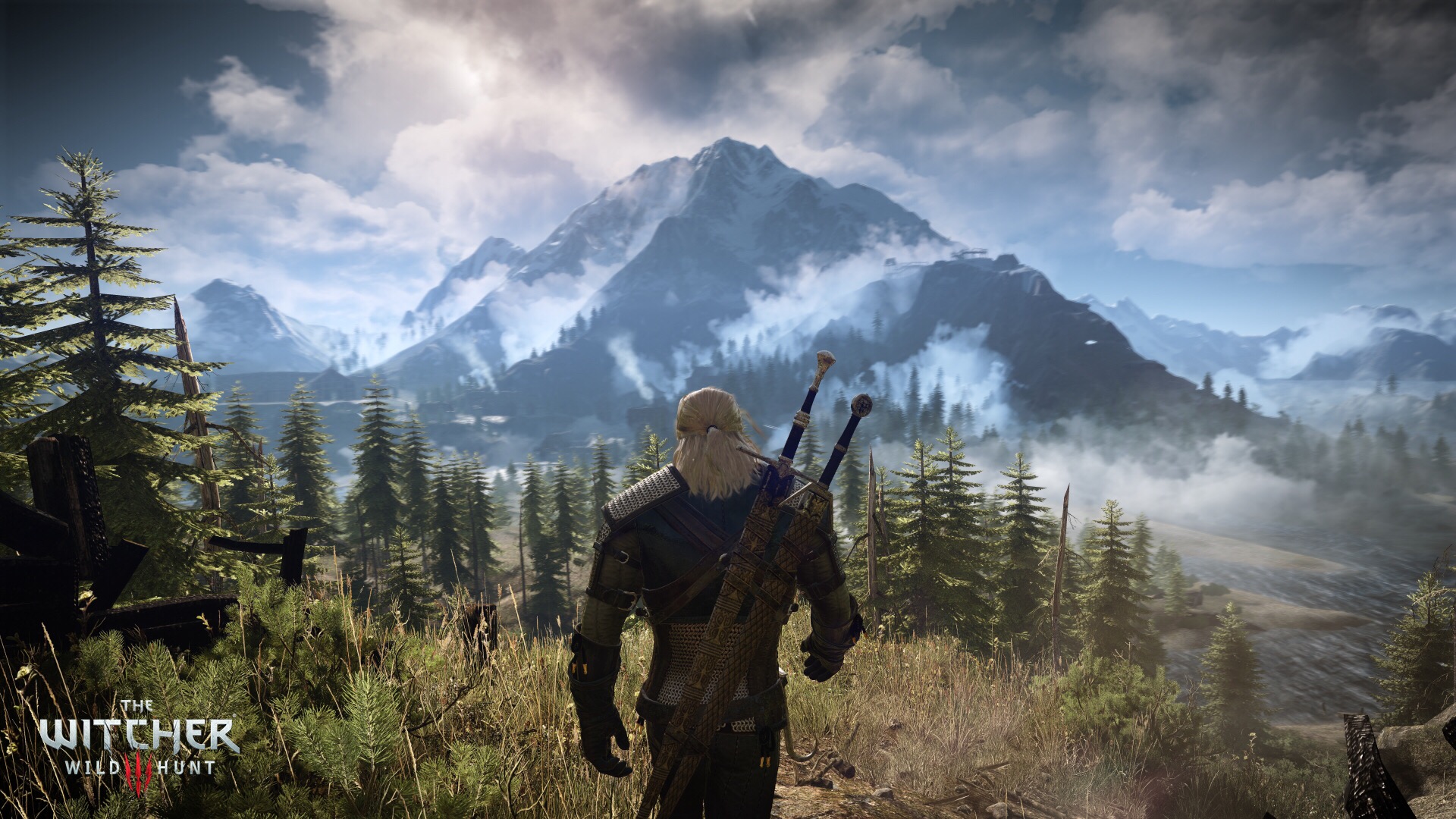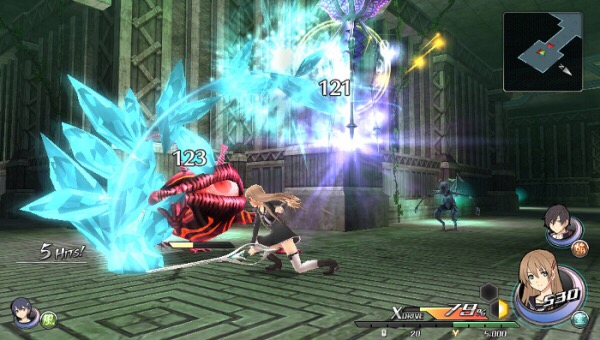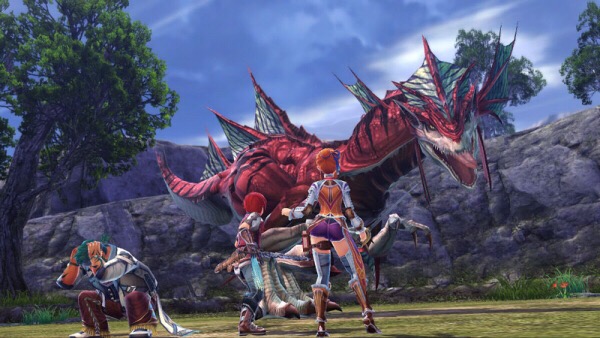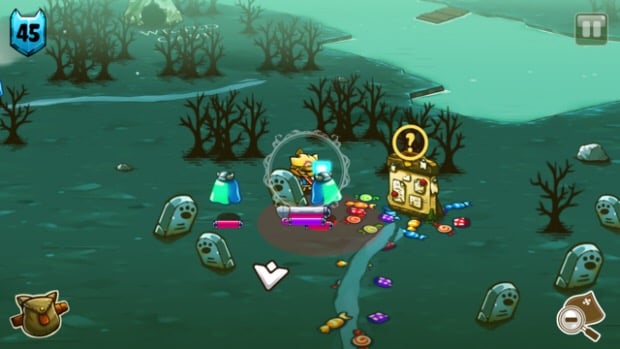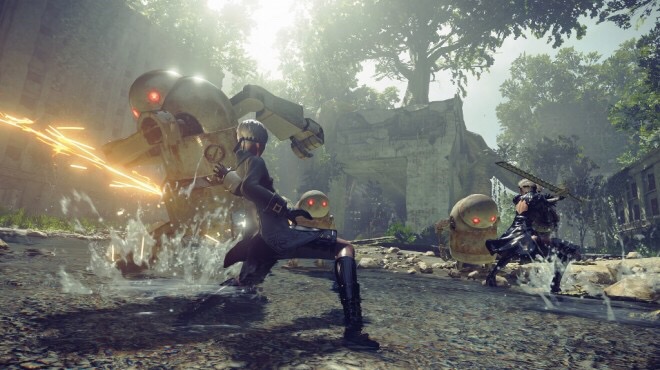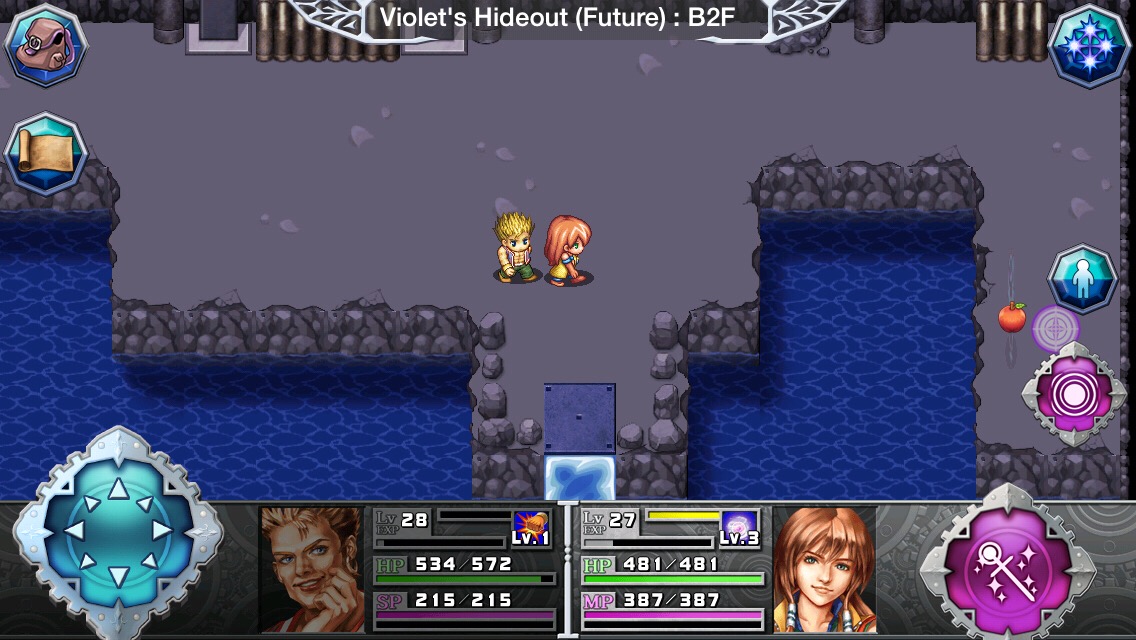 Hello, gentle readers, and welcome to the RPG Reload, the regular feature where we always do it by torchlight. This week, we’re concluding our look at the history of the action-RPG sub-genre. Last time, we took a look at the games of the late 2000s, a period where more and more action games were incorporating RPG mechanics, but few traditional action-RPGs made many waves. With Square Enix’s Kingdom Hearts series somewhat lost in the spin-off woods and Blizzard busy rolling around in stacks of World of Warcraft money, the sub-genre found itself lacking in high-profile hits. While a new Diablo would arrive soon enough, the new flag-bearer for the genre came from a somewhat unlikely source.
Hello, gentle readers, and welcome to the RPG Reload, the regular feature where we always do it by torchlight. This week, we’re concluding our look at the history of the action-RPG sub-genre. Last time, we took a look at the games of the late 2000s, a period where more and more action games were incorporating RPG mechanics, but few traditional action-RPGs made many waves. With Square Enix’s Kingdom Hearts series somewhat lost in the spin-off woods and Blizzard busy rolling around in stacks of World of Warcraft money, the sub-genre found itself lacking in high-profile hits. While a new Diablo would arrive soon enough, the new flag-bearer for the genre came from a somewhat unlikely source.
Before we get into this part, I have to talk a little shop. A couple of days ago, my main work computer’s hard disk drive failed. While almost everything of importance was backed up somewhere, all of my recent work (from the last few weeks) was lost. Unfortunately, that includes the extensive research I had done in preparation for this article. I don’t want to delay it again, so I’m just going to try to make the best of what I have. I deeply apologize if anything important is missing.
Something of a quiet revolution was cooking as the 00s came to a close. From Software, a Japanese developer who had been founded in 1986 as a productivity software company, had been toiling away in the game development scene since 1994’s King’s Field. Their biggest success had been their line of custom mech battle games titled Armored Core. From was something of a quiet workhorse in Japanese developer circles. They released three or four games every year, working with a variety of publishers and supporting just about every console that came along. While the company certainly had a solid base of dedicated fans, however, conventional wisdom had them pegged as a B-grade developer and sales of their games mostly supported that perception.
When the developer showed off their newest game for the PlayStation 3 at Tokyo Game Show in 2008, it received very little attention. Demon’s Souls looked an awful lot like the latest iteration of From’s King’s Field series, a relatively niche set of games that used a quasi real-time battle system. Even its own publisher, Sony, seemed to have little faith in the game, giving it a small marketing push in its home country and passing on the notion of releasing it in the West. They did, however, produce an English version for the burgeoning Asian gaming market. The region-free nature of PlayStation 3 software made it easy for From’s Western fans to get hold of the game and enjoy it after it released in early 2009.
Ultimately, Atlus USA would be the one to step up and release the game in the West. It’s hard to say what their expectations were for the game, but it no doubt smashed them. When Demon’s Souls released in the West, it already had a small positive buzz from the more dedicated fans who had imported it. While many media outlets gave it the usual From Software treatment, a couple of major players found the game to have greater merits and gave it a strong push. One even gave it a Game of the Year award. Demon’s Souls was a small but strong fire as 2009 came to a close, but before 2010 was even half-finished, it had grown into a raging blaze. Sony seemingly had something big on their hands, but surprisingly enough, there would never be a Demon’s Souls 2. From Software instead took an offer from Bandai Namco to create a spiritual successor, one that would launch on multiple platforms and receive the full support of the publisher.
Yes, I probably should have gone further into detail on Demon’s Souls in the last part of this feature, but I didn’t want to go too far without being able to talk about Dark Souls, the 2011 follow-up. This time, just about everyone had their eye on the ball, from the publisher to the media to the gaming public. The game was an instant hit upon release, moving tons of copies and creating a whole new sub-culture in traditional gaming circles. Soon, any sufficiently difficult game that came along was dubbed the Dark Souls of its genre. Behind the doors of publishers and developers, the conventional wisdom of hard games not selling was suddenly flipped on its head. It would take some time for naked copies of the Souls games to come along, but its influence could be felt in many future titles.
There were a lot of big sequels in 2011. The latest Elder Scrolls game, Skyrim, released that year. It still releases in the current year. It will always release. Skyrim for your toaster, coming soon. An excellent follow-up to The Witcher kept that fire burning, while Bioware’s fortunes started to turn with a sour response to the misguided follow-up to Dragon Age. Dungeon Siege made an out-of-nowhere comeback with Obsidian handling the development chores, and the long-dormant Deus Ex brand rose from the grave with the outstanding Deus Ex: Human Revolution. This was also the year that Supergiant Games released Bastion, their first game. It was a rare example in its time of a somewhat high-profile console/PC release making its way swiftly to iOS. In homegrown news, Infinity Blade had released as 2010 drew to a close, and its sequel Infinity Blade 2 launched less than a year later to send 2011 on its merry way.
In 2012, after a number of development difficulties, Diablo 3 was finally released. While some were cool on the game in its launch form due to the implementation of its auction house, Blizzard made a number of changes and improvements to the game that helped it reach its potential. It didn’t move the Earth the way its predecessors had, but it did sell a ton of copies and satisfied players to the extent that many are still playing it today. Bioware’s Mass Effect 3 also ran into a backlash from the players due to the way its ending was handled. They eventually tried to address the concerns but many fans are still mixed on it even now.
In less controversial news, Torchlight 2 was released to a mostly-positive reception, Dragon’s Dogma showed off Capcom’s penchant for creating awesome games that go largely overlooked, Kingdoms of Amalur failed to stand out more than the drama behind its creation, and Borderlands 2 kept the stick steady for the series. Kingdom Hearts finally learned how to count to three, but not without also adding a ‘D’ on the end. Kingdom Hearts 3D fizzled in the market, perhaps signaling to Square that their fans’ patience was not without limits. Also hitting a slight speed bump was Ys with its remake of the fourth game of the series. Ys: Memories of Celceta was released on the Vita, but it felt in many ways like a hasty port of a PSP project. Reception at the time was kind, at least. On the iOS front, 2012 closed with the stunning sequel to Ravensword: The Fallen King. Ravensword: Shadowlands is still one of the best-looking RPGs on mobile, produced by and for conditions that may never exist in the mobile market again.
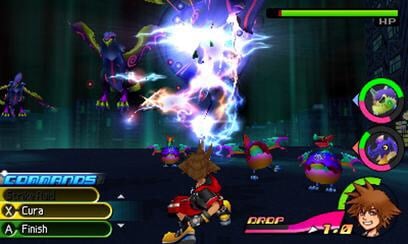
On mobile, the highest-profile release was probably Square Enix’s Deus Ex: The Fall, which attempted to bring some of the feeling of the recent Human Revolution to everyone’s pockets. I’m not sure they succeeded. Infinity Blade 3 also released in 2013, but it felt like the brand had lost a lot of its fire in the two years since the second game hit. With more ambitious plans for the series scuttled, the third game may well have been a bridge too far for such a straightforward concept. This was the final release in the Infinity Blade series, at least at the time of this writing.
If there’s a theme to the major 2014 action-RPG releases, it would be ‘souls’. Naturally, Dark Souls 2 is the main culprit here, delivering a sequel to the smash hit original that met with a bit more criticism but equally warm sales results. Blizzard dropped their first expansion for Diablo 3, titled Reaper of Souls. By this point the game was back on track, so the expansion was certainly welcome. Rounding out our collection is Wayward Souls, the mobile action-RPG/roguelite from Rocketcat Games. What do these games all have in common? A word in their title. Don’t overthink it. Mobile fans also saw Across Age 2, the follow-up to the early EXE-Create/FDG hit. Supergiant Games released their second title, Transistor, which would eventually make its way to mobile as well. Bioware had another somewhat shaky release with Dragon Age: Inquisition, while Activision and Bungie found a big hit in Destiny, which I declare to be kind-of-sort-of an action-RPG.
The following year, 2015, had some long-awaited sequels to offer. Some of them turned out great, others disappointing. That’s the ballgame, I guess. From Software finally hooked back up with Sony to create Bloodborne, another Souls-like game with a bit more of an offensive focus. CD Projekt released The Witcher 3, and I know some people who would say it’s one of the best RPGs ever made. Fallout 4 certainly moved a lot of copies and got some rosy impressions from critics and players when it released, but it feels like it didn’t quite have the impact of Skyrim or Fallout 3.
The classic Dragon Quest franchise hooked up with Koei Tecmo’s Warriors series to create Dragon Quest Heroes. At its core, it’s not so different from other Warriors games, but there is a little more RPG in the mix than usual. Only a little, mind you. Another Japanese classic returned with Tokyo Xanadu, which brought the Falcom action we know and love to a modern Japanese school setting. It’s… not great. Near the end of the year, mobile gamers finally got a follow-up to Aralon: Sword and Shadow. Aralon: Forge and Flame wasn’t quite the game its predecessor was, unfortunately.
Dark Souls continued its rampage in 2016 with Dark Souls 3. While it was originally believed to be the last game in the series, it instead is supposed to serve as a turning point, according to its developers. We’ll have to see what that means, I guess. The game sold amazingly well, becoming Bandai Namco America’s fastest-selling game ever. PC gamers looking for their Diablo fix could enjoy Grim Dawn, a game that deliberately tried to evoke the now-classic formula. Falcom released Ys 8 for those looking for some Japanese action-RPG comfort food, while Square Enix gussied up their classic Final Fantasy Adventure with the mobile/Vita remake Adventures of Mana. Perhaps the surest sign of just how pervasive mixing action elements with RPGs was becoming was that the latest installment in the popular Final Fantasy series, Final Fantasy 15, used an action-based combat system. Mobile fans eternally in search of more Diablo-style games could have a heaping slice of Exiled Kingdoms, an indie game that evokes an earlier era of PC RPGs.
That brings us to the current year. If you ask almost any fan of video games, 2017 has been an incredible year. If you’re broad-minded enough with your definition of an action-RPG, there are a couple of games in the genre that could genuinely be considered as some of the best overall games of the year. Yoko Taro and Platinum Games were a match made in heaven, with Nier Automata finally opening up Taro’s bizarre brand of storytelling to the mainstream. Team Ninja of Ninja Gaiden and Dead or Alive fame absolutely knocked it out of the park with Nioh, a game set in a twisted version of the Warring States period of Japanese history. It hasn’t all been good news this year, though. Bioware’s latest release, Mass Effect Andromeda, received one of the coolest receptions any of their titles ever has. Indeed, it appears to have been a franchise-killer, at least in as much as any once-powerful IP can die in this business. Supergiant released their latest game, Pyre, and it seems to have struggled to connect with as many people as their previous titles did. We’re still waiting on a mobile port of that one, but in the meantime Cat Quest is doing a great job of scratching the action-RPG itch.
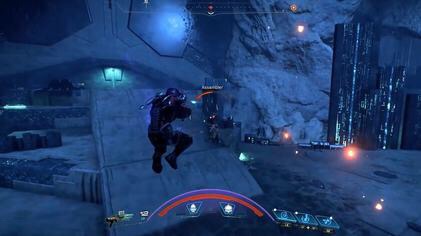
Little wonder then that it has proven to be fruitful ground for free-to-play monetization. Straightforward action gameplay is attractive to a wide spectrum of players, while RPG mechanics and addiction are often bedfellows. This is the style of action-RPG that has overwhelmed the mobile market, and it has pretty solid footing on consoles and PCs these days, too. It’s easy to see the appeal, but I’d personally rather get stuck into an Ys game anytime. If there’s one consistent thing you can say about action-RPGs, I suppose, it’s that they’ve always refused to fit any one particular mold. I expect that will continue, making it virtually impossible to guess what the genre definition will look like 10 years from now. Still, it’s fun to guess!
This brings the latest volume of the RPG Reload Glossary to a close. I’m probably going to give it a rest for a while since these have taken an unexpectedly large amount of work. In next week’s Reload, I’ll be posting a list of what I think are the ten best action-RPGs on iOS. I’d also like to direct you to the on-going RPG Reload Play-Along of Final Fantasy Tactics. This is a two-month adventure, so there’s still lots of time to join in. As for me, I’ll be back next week with a sure-to-be-contentious list of games. Thanks for reading!
Next Week’s Reload: Ranking iOS ARPGs


